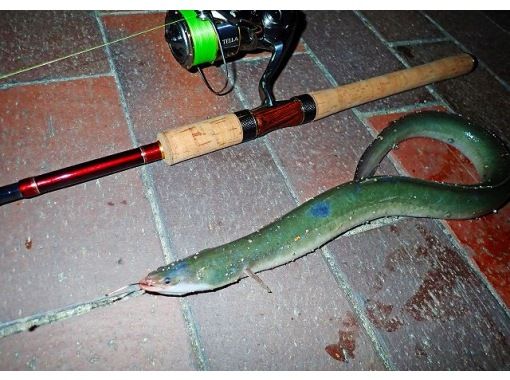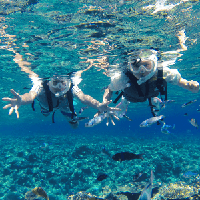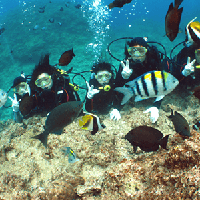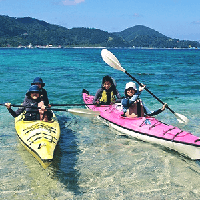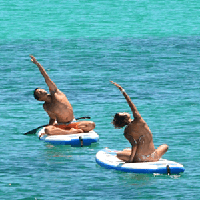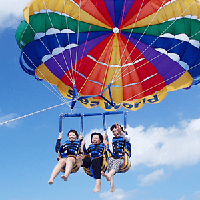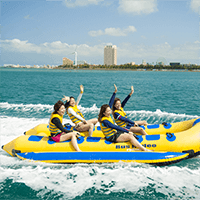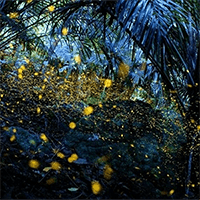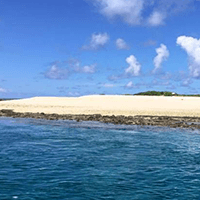List of FOOD TOUR
- Age 1~Age 75
- 2~3 hours
- 08:30 / 09:00 / 13:30 / 14:00
☆★Pre-order bonus gift included! ☆★Get a bonus with the reservation bonus plan! ! 1 fish food will be given to each group! Lots of fish will come to you♪★☆Don't worry if you're worried about seasickness★☆Only 5-10 minutes by boat to the point! It's the closest and most popular tour to the manta point in Ishigaki Island♪※The depth of the water where the manta rays swim is about 3-10 meters, so you can see them even by snorkeling from the surface. If you've come all the way to Ishigaki Island! Have a mysterious and dynamic experience in the manta ray's holy land★☆Ishigaki Island! ! ~Schedule~ (Time required: about 2-3 hours)①Check in at the "Marine House" at Ishigaki Seaside Hotel Beach※Simple luggage such as towels and clothes can be stored at the Marine House (free of charge)②Snorkeling lesson before departure③Depart by boat from Ishigaki Seaside Hotel Beach! ★You will snorkel at two points☆④ Snorkel at Fish Point (about 40 minutes)⑤ Snorkel at Manta Point (about 40 minutes) *Sea turtles also live at Manta Point. ⑥ Arrive at the beach, disband *Please use the changing rooms and shower rooms (with hot water) in the hotel (behind the Marine House). It's convenient because it's right next to the beach♪☆The tour time will vary depending on the sea conditions and tides on the day. Please make sure you have plenty of time to participate☆
- Age 3~Age 12
- Over 6 hours on the day
- 15:30
This is a special river and forest exploration tour. Meet at Chofu Station (for train passengers) or Fukadaiminawai no Sato (for car passengers) from 3:30 pm to 3:45 pm Briefing session from 4:00 pm to 5:30 pm Explore the spring water upstream, search for several kinds of nymphs, river crabs, fish, and loaches. from 5:30 pm to 6:30 pm Eat at a nearby restaurant (we will provide food) from 7:00 pm Forest tour starts from 8:30 pm to 9:00 pm Ends at Nishi-Kokubunji Station rotary What you need to bring: Marine shoes (from the end of March to October), swimsuit, rash guard, spats, drinks, hat, rucksack, plastic case for takeaway + bubble (battery-powered oxygen delivery machine) What you need to prepare: Car transportation, rubber boots (from November to mid-March), net, storage bucket That's all. We look forward to your participation.
- Age 3~Age 70
- 2~3 hours
- 09:00 / 11:30 / 14:00 / 16:30
Held from spring to autumn Fishing for Japanese eels in the brackish waters of rivers Part 1: 8:00-10:30 Part 2: 10:30-13:00 Part 3: 13:30-16:00 Part 4: 16:00-18:30 This is a tour to fish for eels at the mouths of rivers that run through Tokyo. Japanese eels are born in the western waters of the Mariana Islands. They grow in rivers not only in Japan but also in East Asia, including China, Taiwan, and the Korean Peninsula, and are known to return to the Mariana Islands to spawn. Japanese eels (Anguilla japonica), which belong to the Anguilla genus of the eel family, are widely distributed in East Asia, including Japan, China, Taiwan, and Korea. In Japan, they mainly live south of Honshu, but there have been cases of them being caught in Hokkaido. Rental tackle, fishing rod, and equipment are included, so you can participate empty-handed. Two patterns of fishing will be done: casting fishing and plastic bottle tackle fishing, using earthworms as bait. While waiting for the tackle, you can fish for goby at your feet. The main target is eels, but sometimes you can also catch goby, crabs, and seigo. The tour lasts about 3 hours. Please bring a headlamp, a handy light, and drinks. *If you want to take the fish home, please bring an aeration device (battery-powered bubbler) to prevent oxygen deficiency, a plastic case or fishing bucket to prevent escape, and a cooler box. By train: 15 minutes walk from JR Joban Line or Tokyo Metro Chiyoda Line By car: Please use a nearby parking lot Meeting place: Near the Seven-Eleven Katsushika Kosuge 1-chome store. We will send you a map in advance, so please walk to the point. Migration of Japanese eels Japanese eels spawn in the summer in the waters west of the Mariana Islands in the Pacific Ocean. After hatching, they become willow-leaf-shaped larvae called leptocephalus. Glass eels are carried by ocean currents and reach East Asia in about six months, then transform into long, cylindrical glass eels and ride the high tide into rivers. After that, their transparent bodies start to take on color, and they are called yellow eels. During the yellow eel stage, eels grow large, and eat a variety of foods, including shrimp, crabs, small fish, and insects. The environment in which Japanese eels spend their growth period is wide, from coastal areas to the upper reaches of rivers, and includes not only freshwater areas but also brackish water and seawater. After several years to a dozen years, when they grow to a size of about 40 cm or more for males and about 50 cm or more for females, they begin to mature and are called silver eels. Silver eels leave their familiar rivers and coastal areas and travel to spawning grounds from autumn to winter. They reach the spawning grounds in the Marianas in about six months, spawn, and then end their life. PS: The minimum number of participants is 5 or more.
最近チェックしたプラン
Please wait a moment
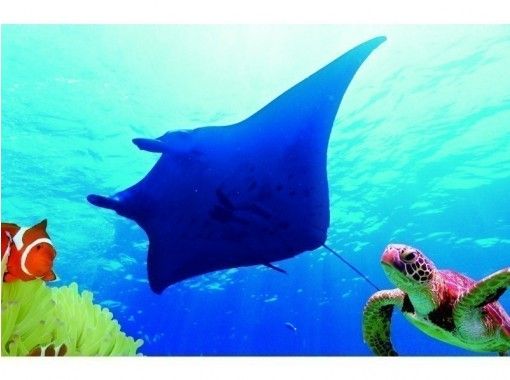
![[Tokyo/Chofu] Late Evening Tour Kawamori exploration! Only children can participate, 10 river types + Kabukuwa (free rental of stupid boots)の画像](https://img.activityjapan.com/10/46819/10000004681901_atFOJjl6_3.png?version=1708935063)
